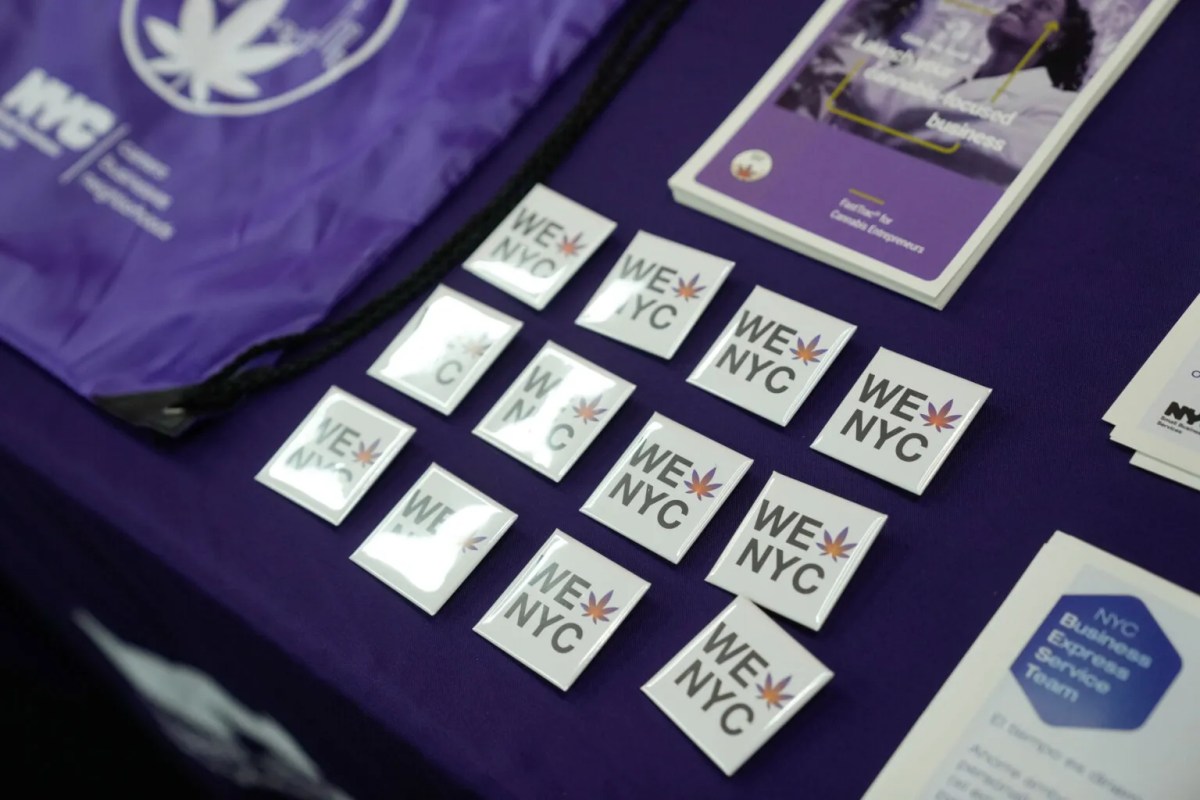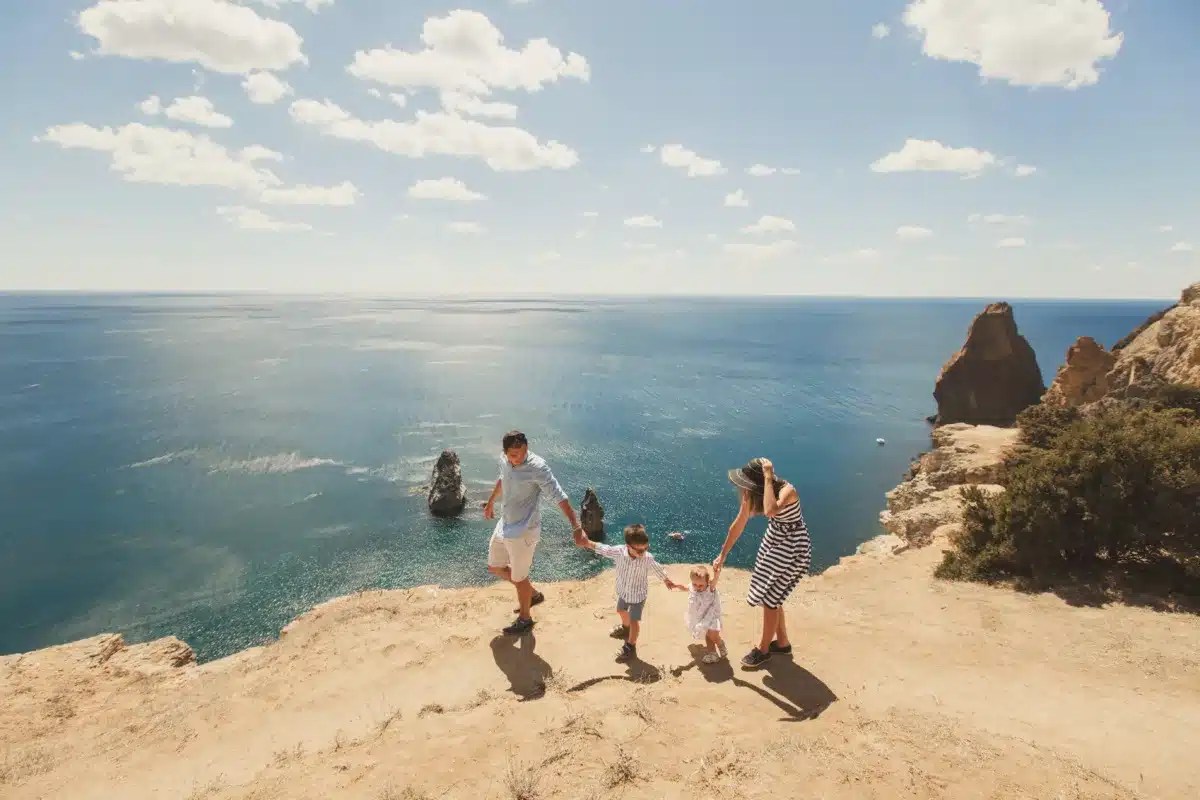Adventurous travelers, add this destination to your bucket list. Salar de Uyuni, the world’s largest salt flat, lies in one of South America’s least-visited countries. But thanks to infrastructure boosts, Bolivia’s remote terrains are increasingly accessible.
Salar de Uyuni stretches across 4,500 miles of flat desert, so broad that you’ll see the curvature of Earth. Inarguably one of the world’s most ethereal destinations, the white landscape was once a salt lake some 30,000 years ago that evaporated, leaving behind a salty crust marked with hexagonal patterns.
Getting there
Salar de Uyuni is adjacent to the Southwestern Bolivian city of Uyuni. From New York, fly to El Alto International Airport in La Paz (both American Airlines and Avianca Aerovias operate one-stop flights). Then, from El Alto, Línea Aérea Amaszonas operates several daily flights to Uyuni. Your tour operator or hotel can help coordinate transfers between the airports. Tourist visas are required for U.S. citizens in Bolivia and are conveniently available upon arrival in La Paz.
Getting around
A guided tour of Salar de Uyuni is necessary to navigate the terrain and can range from one to four days. Operators like Cox & Kings USA coordinate 4×4 caravans on your behalf, while popular motorcycle excursions like Motorcycle Tours Bolivia give thrill-seekers more control over their trip. Given the remoteness of the region, these tours often include meals and accommodations. Cox & Kings USA, for example, can organize overnights on the salt flat in an Airstream trailer with campfire grub. Visitors can also opt to stay in one of the area’s quirky hotels, like Palacio de Sal, made entirely of salt.
What you’ll see
You’ll spend most of your time speeding along the road-less salt flat, likely as a passenger in an expert-driven 4×4, making stops along the way. Isla Incahuasi, a massive outcrop of fossilized algae and cactuses, is a frequented destination. The salar’s edges, caves and archaeological sites are other popular stopping points. Beyond tourists, the llamas, vicunas and alpacas that traverse the salar’s perimeter are the only signs of life. Travelers during the rainy season (December to March) might catch a photographic experience that most visitors come exclusively to see: Rainwater sitting on the salt flat creates a reflection so clear it’s as if the ground is a mirror.
While you’re there …
Beyond the salt flat, here’s what else to check out on a trip to Salar de Uyuni.
La Paz
Red-brick buildings climb the hillsides of this sky-high city. A newly minted aerial car cable system — the longest in existence — provides views of the snowcapped Andes, while street level offers the popular Witches’ Market, home to handmade textiles and talismans, and ubiquitous food carts that push meat-filled pastries called salteñas.
Lake Titicaca
This high-altitude lake is shared by Bolivia’s neighbor, Peru. Myriad tour operators, like Crillon Tours, coordinate water excursions departing from La Paz. Most access Lake Titicaca through Copacabana, a colorful coastal town known for its 16th-century shrine to Bolivia’s patron saint. Opt for water tours on a hydrofoil: The high-speed boat whisks you across the lake’s deep blue waters to sacred islands like Isla del Sol, the sun’s birthplace in Inca mythology.

















